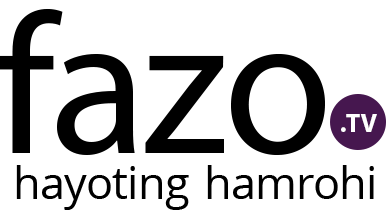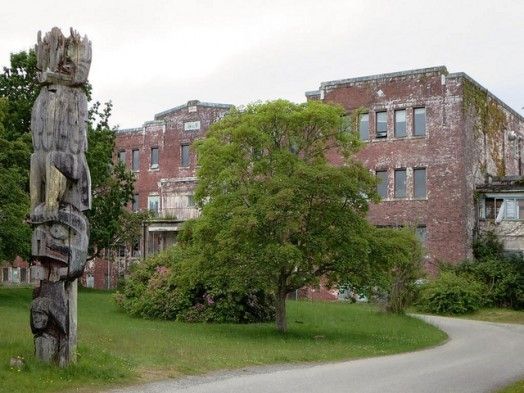[dt_button link=»http://d165vjqq8ey7jy.cloudfront.net/mp3/27340/se-8142s.mp3″ target_blank=»true» button_alignment=»default» animation=»fadeIn» size=»small» style=»default» bg_color_style=»custom» bg_color=»#333333″ bg_hover_color_style=»custom» bg_hover_color=»#444444″ text_color_style=»custom» text_color=»#ffffff» text_hover_color_style=»custom» text_hover_color=»#dddddd» icon=»fa fa-cloud-download» icon_align=»left»]Скачать[/dt_button]
[dt_divider style=»thin» /]
Transcript:
Voice 1
Welcome to Spotlight. I’m Robin Basselin.
Voice 2
I’m Ryan Geertsma. Spotlight uses a special English method of broadcasting. It is easier for people to understand, no matter where in the world they live.
Voice 1
Colonialism. For thousands of years, powerful kingdoms and nations have extended their control over groups of people and territories. The indigenous or aboriginal people in many countries share a common story. Their people lived in the country — sometimes for thousands of years. They had their own culture and ways of life. Then another group of people came into their land. They took control of the land and its resources. This new group brought different ways of living. And often, the colonizing countries used force or unjust acts to extend their power over the indigenous or aboriginal people.
Voice 2
Around the world, colonialism has caused much damage and mistrust between colonizing and aboriginal people. Even generations later, the wounds are still deep. But is it possible to heal these wounds? Does the damage have to continue? Today’s Spotlight is on the Truth and Reconciliation Commission of Canada. This organization is helping Canadians work towards a better future — even after the many hurts of colonialism.
Voice 1
Today, Canada is a diverse country, with people from many different ethnic origins. However, the majority of the population has European ethnic origins. This was not always the case. Before the 1600’s, aboriginal tribes lived in Canada. These tribal people are now sometimes called Indians, or first nations. But during the 17th and 18th centuries, European powers colonized Canada. Many European immigrants moved to Canada. They quickly became the majority population. Eventually they formed a new nation called Canada. But this nation did not fully include aboriginal tribes.
Voice 2
The Canadian government did not like the differences between the majority and aboriginal cultures. They called it the «Indian problem.» So, in 1857, the government of Canada made a law called the Gradual Civilization Act. This law expressed a new policy. The government wanted to force aboriginal people to become part of the majority culture. Dr. Duncan Campbell Scott was the head of Canada’s Indian Affairs program from 1913 to 1932. He said,
Voice 3
“I want to get rid of the Indian problem. Our goal is to continue until there is not a single Indian in Canada that has not become part of the larger culture.»
Voice 1
A major way that the government tried to do this was through the residential school system. The government created this system of schools for aboriginal children. Over a period of 100 years, one 150,000 students attended the schools. The residential school system separated aboriginal children from their communities. Many of the children lived at the schools for months at a time. The schools taught children that aboriginal culture was evil. They could not speak their native languages. And they used only English names.
Voice 2
The conditions at many of the schools were horrible. The schools were often too full and dirty. The schools did not have enough heating. And the students lacked medical care. Thousands of the children became sick and died. One government doctor reported that in some schools 25-70% of children died. Some of these children were buried at the schools. No one told their parents.
Voice 1
Different Christian churches managed most of the residential schools. And at many of these schools religious leaders hurt the children. Leaders hit children and used extreme methods of punishment. Some priests sexually abused the children. They forced the children to perform sexual acts. Many, many children were emotionally and physically damaged in this way.
Voice 2
The history of the residential school system became a story of shame for Canada. For many years, aboriginal and non-aboriginal Canadians wanted the government to admit it had been wrong. In 2006, the government of Canada made a legal agreement with aboriginal tribes. The government agreed to give almost $2 billion to individual people who survived the residential schools.
Voice 1
But money alone could not solve the hurt of Canada’s negative policies. There were too many victims and too much damage. So, the lawsuit also included a decision to create a Truth and Reconciliation Commission, or a TRC. A TRC is a kind of public court. The public can hear about crimes, address the harm, and look to the future. The Canadian TRC was established in 2008.
Voice 2
The TRC holds events in major cities all across Canada. At every event, the TRC educates people about what happened. People can walk through educational displays. These displays show historical objects from the residential schools and aboriginal culture. People can also attend classes on the history of the residential schools.
Voice 1
One of the main parts of the TRC happens when people gather together into listening circles. Non-aboriginal and aboriginal Canadians listen to the stories of people who experienced the residential school system. There are opportunities to ask and answer questions. These listening circles help aboriginal and non-aboriginal people understand each other better.
Voice 2
The TRC also provides places to discuss difficult questions. Questions like ‘What kind of attitudes or thinking caused the residential school systems?’ ‘Do people still think this way today?’ ‘Do current laws support such attitudes?’ These discussions can help aboriginals and non-aboriginals work together to change Canada’s current culture and laws.
Voice 1
The TRC also creates the chance for forgiveness and new beginnings. When the TRC was established, Canadian Prime Minister Stephen Harper made an official apology to Canada’s aboriginal tribes. For the first time, the head of Canada accepted blame and expressed regret for what happened. During TRC events, government and community leaders also offer apologies and ask the aboriginal communities for forgiveness. They also declare official promises to the tribes for the future.
Voice 2
Don Klaassen is a Canadian who works for reconciliation between aboriginal and non-aboriginal people. His ancestors colonized farm land in British Columbia, Canada. In many ways, his life was built on government acts that were not fair to aboriginal people.
Voice 1
Klaassen began his reconciliation work by building a relationship with an aboriginal man. This man was named Isadore Charters. Charters is a survivor of the residential schools. The two men became good friends. They worked together to create an educational class for the TRC. They also made a film about Charters’ story. Klassen and Charters believe that the TRC provides a base for building new relationships. In their film, Charters says,
Voice 4
“We have got to work together. Now that you know the story, you can help by passing the story on, by walking with us.”
Voice 2
The next Spotlight program will be on the story of Isadore Charters. Listen and learn about how he found healing from his residential school experience.
Voice 1
The writer of this program was Jennifer Hawkins. The producer was Michio Ozaki. The voices you heard were from the United States. All quotes were adapted and voiced by Spotlight. You can listen to this program again, and read it, on the internet at www.radioenglish.net. This program is called, «Truth and Reconciliation for Canada.»
Voice 2
We hope you can join us again for the next Spotlight program. Goodbye!




